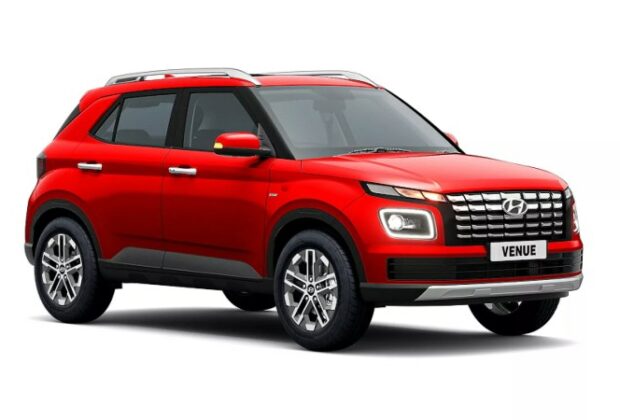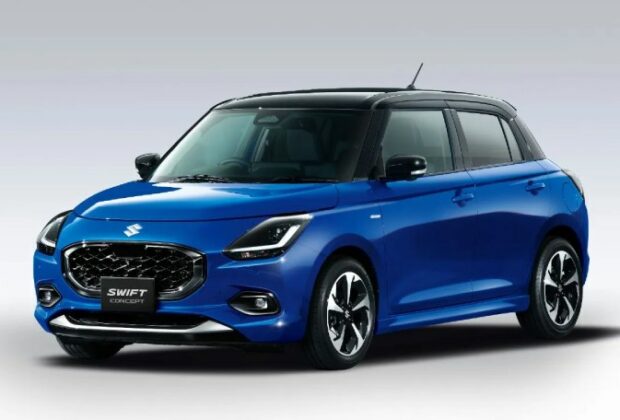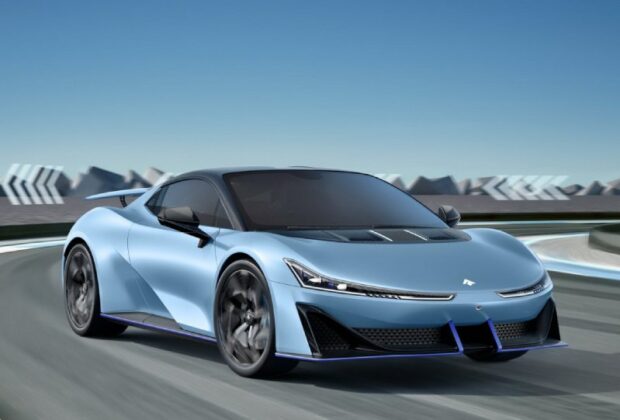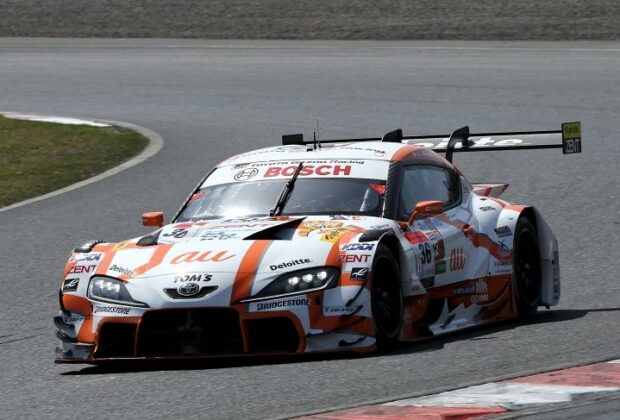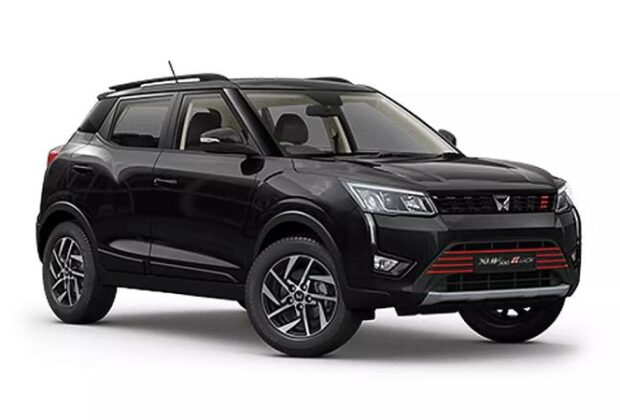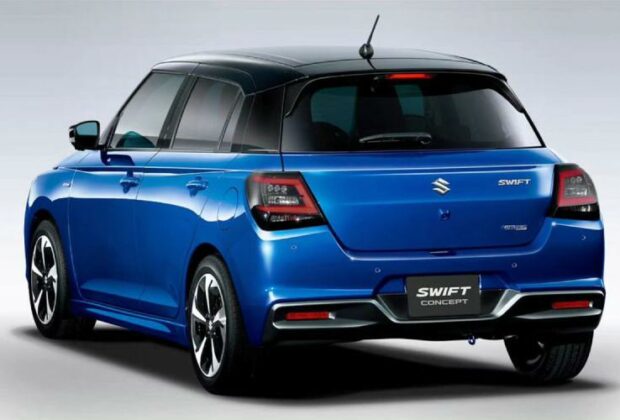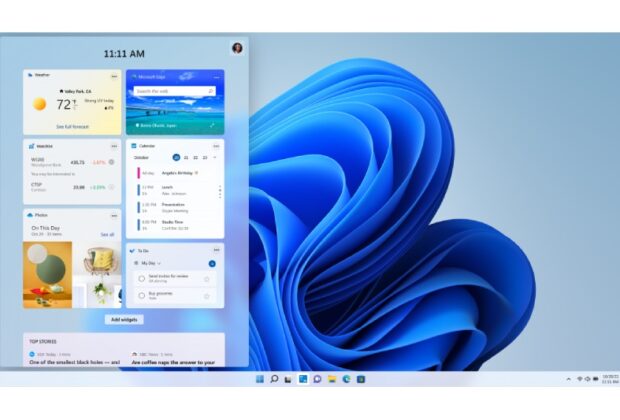The Indian car industry had significant new debuts from OEMs in a variety of areas during the first quarter of 2024. With the release of new models from India’s top automakers, including Maruti Suzuki, Hyundai, Tata, and Mahindra, the anticipation is expected to double. Let’s examine some important specifications of the next generation of automobiles.
New Jeep Wrangler – April 22ND
On April 22, 2024, the redesigned Jeep Wrangler, which had its world debut last year, is scheduled to arrive on Indian roads. With a sharper blacked-out grille with a seven-slat design and 17- or 18-inch alloy wheels available in ten various designs, the off-road SUV will have a significantly enhanced appearance. There will be several different roof options, such as the basic soft top, body-colored hardtop, black hardtop, hard and soft top combo, and Sunrider top. A new 12.3-inch touchscreen infotainment system with Jeep’s Uconnect 5 system, which offers linked services like Trails Offroad guide, will be installed in the updated interior. Along with these features, the SUV will have wireless connectivity for Apple CarPlay and Android Auto, a new semi-digital instrument cluster, and 12-way power adjustable front seats. The 2.0L turbocharged gasoline engine, which generates 270 horsepower and 400 Nm, will continue to power the 2024 Jeep Wrangler. Jeep’s Selec-Trac full-time 4WD technology and an 8-speed torque converter automatic gearbox will handle the gearbox tasks.
Mahindra XUV 3XO – April 29TH
The extensively modified Mahindra XUV 300 is basically the Mahindra XUV 3XO, which will go on sale on April 29, 2024. Remarkably, it will be the first car in its class to have a panoramic sunroof, which makes it the least expensive SUV in India with this feature. The SUV will get a reworked tailboard, new headlamps and LED taillamps, adjusted bumpers and a revised front grille. Additionally, new dual-tone alloy wheels will be installed. A 10.25-inch completely digital instrument cluster, ventilated seats, a 360-degree camera, rear AC vents, and a new free-standing touchscreen infotainment system are just a few of the amenities that will be carried over from the XUV400. ADAS technology may also be available for the XUV 3XO.It is anticipated that the engine configuration of the small SUV would remain unchanged, with the 1.5L diesel, 1.2L TGDi, and 1.2L turbocharged petrol engines still in use. The main improvement is the 6-speed torque converter automatic gearbox, made by Aisin, which will only be available with the TGDi engine.
New-Gen Maruti Swift – May 9TH
Prices for the upcoming Maruti Swift are expected to be revealed on May 9. The Heartect platform will still be supported by the hatchback, although it will undergo significant internal and external modifications. The model that is being presented globally and the India-spec variant will resemble each other, with minor modifications to the alloy wheels and front and back bumpers. The new 2024 Maruti Swift’s interior will be similar to that of the Fronx, with a redesigned dashboard and a new infotainment system with a 9-inch touchscreen and wireless smartphone connectivity.The hatchback may come equipped with six airbags, an electronic stability programme, and standard ABS and EBD. The 1.2L, 3-cylinder Z-Series engine that powers the new Maruti Swift will be just as potent and torquey as the one it replaces. Additionally, a mild hybrid version of the same petrol unit will be offered, increasing its fuel efficiency.
New Force Gurkha – April/May
With the release of its teasers, Force Motors has officially announced the impending introduction of the new 5-door Gurkha and revised 3-door Gurkha. The debut date has not yet been disclosed, though. Both versions will have the same 2.6L diesel engine from Mercedes and a comparable appearance. The new Force Gurkha 5-door will feature a 2825mm wheelbase, which is 425mm longer than that of its 3-door version. The SUV will have the recognisable Gurkha emblem on a two-slat grille up front. The 3-door and 5-door variants’ front and back bumpers, however, could change slightly.Along with the SUV, the automaker will also sell a number of accessories, such as a rear ladder, a roof rack that can accommodate a jerry can, and more. The 5-door version may have three different seating arrangements: five, six, and seven seats. The 3-door version will have a four-seat layout. On the centre console, close to the driver’s seat, will be a shift-on-the-fly 4WD knob.
TATA Altroz Racer – May/June
The Tata Altroz Racer had its public debut at the 2024 Bharat Mobility Show after making its debut at the 2023 Auto Expo. Although the debut date is unknown, May or June 2024 is most likely when the model will be on sale. It will be equipped with the same 1.2L, 3-cylinder, turbocharged petrol engine as the Altroz iTurbo. On the iTurbo version, the motor produces a maximum power output of 120 horsepower and 170 Nm of torque. The Racer version, on the other hand, will have 30Nm of torque and 10 horsepower more. It can come with a manual 6-speed transmission. The roof and bonnet of the Tata Altroz Racer will sport twin racing stripes as part of a dual-tone colour scheme.It is further distinguished from the standard model by the ‘Racer’ badging on the front fenders, freshly designed 16-inch alloy wheels, and a slightly modified grille. The Altroz Racer will boast a larger 10.25-inch touchscreen, a voice-activated sunroof, a 360-degree camera, ventilated front seats (first-in-class), and a head-up display (HUD).
Hyundai Alcazar Facelift – May/June
By May or June of 2024, the upgraded Hyundai Alcazar is anticipated to go on sale. It will be the third SUV model offered in the nation by the South Korean carmaker, following the revised Creta and Creta N Line. Its exterior and interior will probably see just minor alterations, and the engine configuration will remain the same as it was in the model before the facelift. Some design cues from the redesigned Creta, such as the headlamp clusters, DELs, front grille and bumper, alloy wheels and rear taillight design, will be included into the 2024 Hyundai Alcazar facelift. The redesigned Alcazar’s interior will include two 10.25-inch screens, just as the Creta.Actually, the panoramic sunroof, ventilated seats, dual-zone climate control, and ADAS technology will all come from the new Creta. It may have new interior decor and upholstery. The current 1.5L turbo petrol and 1.5L diesel engines, producing 160 horsepower and 115 bhp, respectively, will power the 2024 Alcazar facelift. There will still be options for gearboxes that are manual and automatic.
Read Full Article


